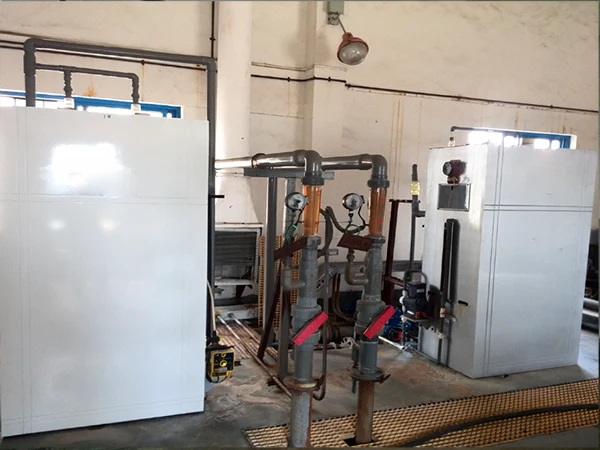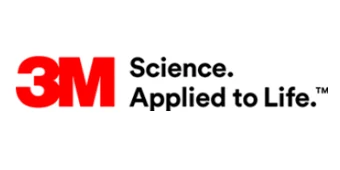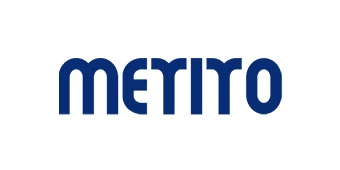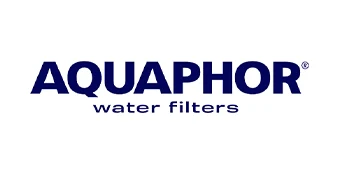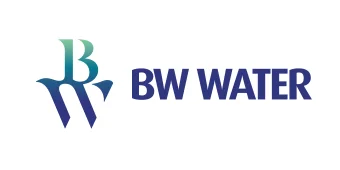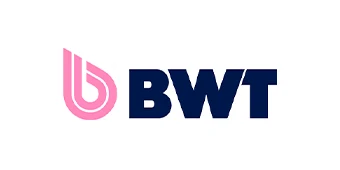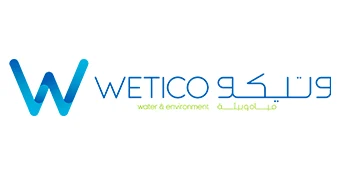| Safety valve opening or liquid leaking from the air intake pipe |
Low motive water pressure, insufficient air intake |
Increase the motive water pressure to enhance the eductor's suction, and start the equipment only after it returns to normal. |
| The dosing point valve switch state is incorrect, preventing chlorine dioxide from being discharged from the reactor. |
Check the system for troubleshooting. |
| The eductor is blocked, causing it to stop jetting and resulting in no vacuum in the equipment. |
Eliminate clogging and air blockage |
| The delivery pipeline is too long, and there are too many bends after the eductor, reducing the equipment vacuum |
Reinstall the pipeline to ensure the normal operation of the eductor. |
| Excessive impurities in the generator caused pipeline blockage, or the raw materials are substandard. |
Shut down the equipment, thoroughly clean the generator, and replace with qualified raw materials |
| Motive water pressure suddenly interrupted |
Stop feeding, add water to dilute the reaction liquid in the reactor. |
| The back pressure valve causes a direct flow, leading to excessive raw material entering the reactor. This results in incomplete reactions and the accumulation of a large amount of chlorine dioxide in the reactor within a short time. |
Check whether the raw material consumption of the raw material tank and dosing pump is normal, and inspect if there is back pressure in the back pressure valve. |
| The check ball inside the one-way valve is obstructed by foreign objects or has aged. |
Replace or clean the one-way valve. |
| The flow rate of the dosing pump is too high |
The back pressure valve is damaged. |
Repair or replace the back pressure valve. |
| Dosing pump stroke frequency too low. |
Readjust the stroke. |
| The flow rate of the dosing pump is too low or there is no flow |
The back pressure valve is damaged. |
Repair or replace the back pressure valve. |
| Dosing pump diaphragm is damaged. |
Replace diaphragm. |
| Dosing pump stroke frequency too low. |
Readjust the stroke. |
| Filter clogged.. |
Clean filter. |
| Pressure after pump is too high. |
Check if pipeline is blocked and if back pressure valve is functioning normally. |
| There are air bubbles in suction line and pump head. |
Check the pipeline and vent air through dosing pump vent valve |
| Raw material tank outlet or pipeline feeder is clogged, dosing pump inlet is clogged. |
Flush pipeline and connecting fittings, flush fittings. |
| Worn parts in pump valve damaged or scaling in valve. |
Replace or clean worn parts. |
| Dosing pump leaking |
Diaphragm is damaged. |
Replace diaphragm. |
| Pump head screws becomes loose. |
Tighten screws. |
| Feed pipeline aging or fasteners becomes loose. |
Replace feed pipeline or tighten fasteners. |
| Storage tank not sucking material |
Eductor cannot function properly. |
Adjust motive water pressure, check if the eductor is blocked, and ensure the waterway is clear. |
| Storage tank leaks air. |
Check if the valves on the tank are in the correct open position, check for air leaks at both ends of the liquid level pipe, and check for air leaks at the junction of the dosing pump feed pipe and the raw material tank. |
| No gas production or insufficient gas production |
Raw material does not meet requirements. |
Replace with compliant raw material |
| Raw material does not meet standards (low concentration). |
Replace with compliant raw material |
| The delivery hose of the raw material tank is blocked or has air bubbles. |
Clean or replace the delivery hose of the raw material tank, or vent air bubbles. |
| The filter of the raw material tank is clogged. |
Clean the filter of the raw material tank. |
| Eductor is clogged or damaged. |
Clean the eductor, replace the damaged parts. |
| Safety plug opens. |
Reset the safety plug. |
| Dosing pump is not supplying material, or supply is unbalanced. |
Check the metering pump, clean the pump head, replace the diaphragm. |
| Low temperature |
Check the equipment heating system. |
| There are blockages in the equipment. |
Clean the equipment. |
| Back pressure valve is aging or damaged, causing unbalanced dosing. |
Calibrate, clean, replace the back pressure valve. |











